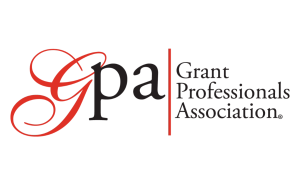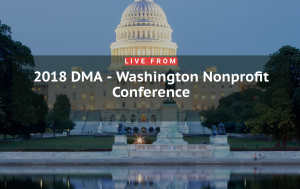In the philanthropic Dark Ages (before 1969) there was no rule that said foundations had to make any grants with their money. Congress more or less closed that loophole with the Tax Reform Act of ’69. There were complications and ambiguities, but in 1976 the “five percent payout requirement” was set in stone. It’s been the default standard for grant-making foundations ever since.
Simply put, it means that a private foundation is required to make “qualifying distributions” (pay out, in shorthand) an amount equal to 5% of assets every year. Simply put, but not simply understood and often confused with “Gee, they have $1 bilion so they’ll have to make $50 million in grants.” Not so fast.
To be clear: most foundations meet almost all of their 5% payout threshold by making grants. For the nonprofit seeking funding, it’s important to be optimistic and realistic — foundations still represent a source of important support. Realism dictates that nonprofit grant-seekers have an accurate picture of the potential funding actually available from any prospect.
Foundations can meet the 5% payout threshold in a number of ways. Here are some of the things a foundation might use its money to pay for:
- Reasonable administrative expenses;
- Issues research and publications;
- Legal services and audits;
- Capital items (everything from paper clips to a new building);
- Program-related investments; and,
- Making grants to qualified nonprofits.
Foundations are also allowed to keep 1.5% of the value of its assets on hand for “charitable purposes” and deduct that amount from the total used to calculate the 5%. And, if a foundation distributed more than 5% during a previous year (e.g. the height of the COVID pandemic in 2020), it is allowed to carry over the excess and use it to satisfy the payout provision in the following year.
There’s no need for a nonprofit’s proposal team to get deep into the weeds of complicated tax legislation when figuring out a foundation’s piggy bank for making grants. But there is a need for clear-eyed understanding of the ways a foundation manages its money so the approach can be reasonable, practical, informed and persuasive. To do it any other way would be to revert to the Dark Ages. © Copyright 2022 The Grantsmanship Center












